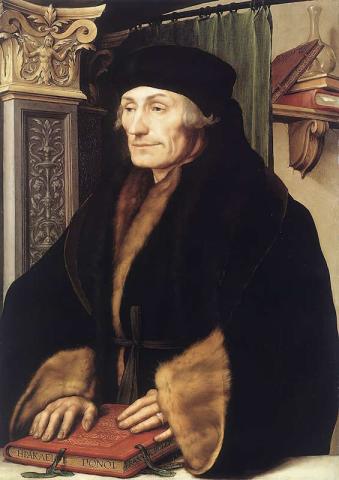

What is the Erasmus+ programme?
Erasmus+ is the EU-funded programme in the fields of education, training, youth and sport for the period 2021-27.
The overall objective of the programme is, through lifelong learning, to support the educational, professional and personal development of people involved in education, training, youth and sport in Europe and beyond, thereby contributing to sustainable development, creating quality jobs and social cohesion, promoting innovation and strengthening European identity and active citizenship.
The name Erasmus comes from the famous philosopher and theologian Erasmus of Rotterdam and is also an acronym for the 'European Region Action Scheme for the Mobility of University Students'. The programme was launched in 1987 and has grown into one of the most important and successful exchange and mobility programmes in Europe.
Classical Mobility (KA131)
The Erasmus+ programme includes various actions and types of mobility.
The "classical" mobility refers to Key Action 1, namely KA131 - Mobility of students and staff for higher/tertiary education.
It supports both physical mobility and mixed mobility of higher/tertiary education students in any discipline and study cycle (short cycle, undergraduate, postgraduate and doctoral level) abroad.
It also supports the participation of higher education teaching and administrative staff in professional development activities abroad, as well as the participation of staff from the world of work in the education and training of higher education students and staff.
International Mobility (KA171)
Action KA171 supports the international mobility of students and staff between Programme Countries and Partner Countries not associated with the Programme.
It follows EU external policy priorities and has a global reach.
The world is divided into regions, to which different budgets are allocated annually.
The implementation of projects is linked to the internationalisation strategy of higher education institutions on both sides.
The duration of the mobility projects is 24 or 36 months.
The start and end dates of all mobility activities must coincide with the start and end dates of the project.
The main objectives of international mobility include:
- Strengthening the internationalisation of higher education institutions.
- The promotion of intercultural reciprocity and understanding.
- The development of skills and knowledge through education and training in different contexts.
International mobility - KA171 allows students and staff to participate in activities such as:
- Study or internship abroad for students.
- Teaching or training abroad for academic and administrative staff of universities.

